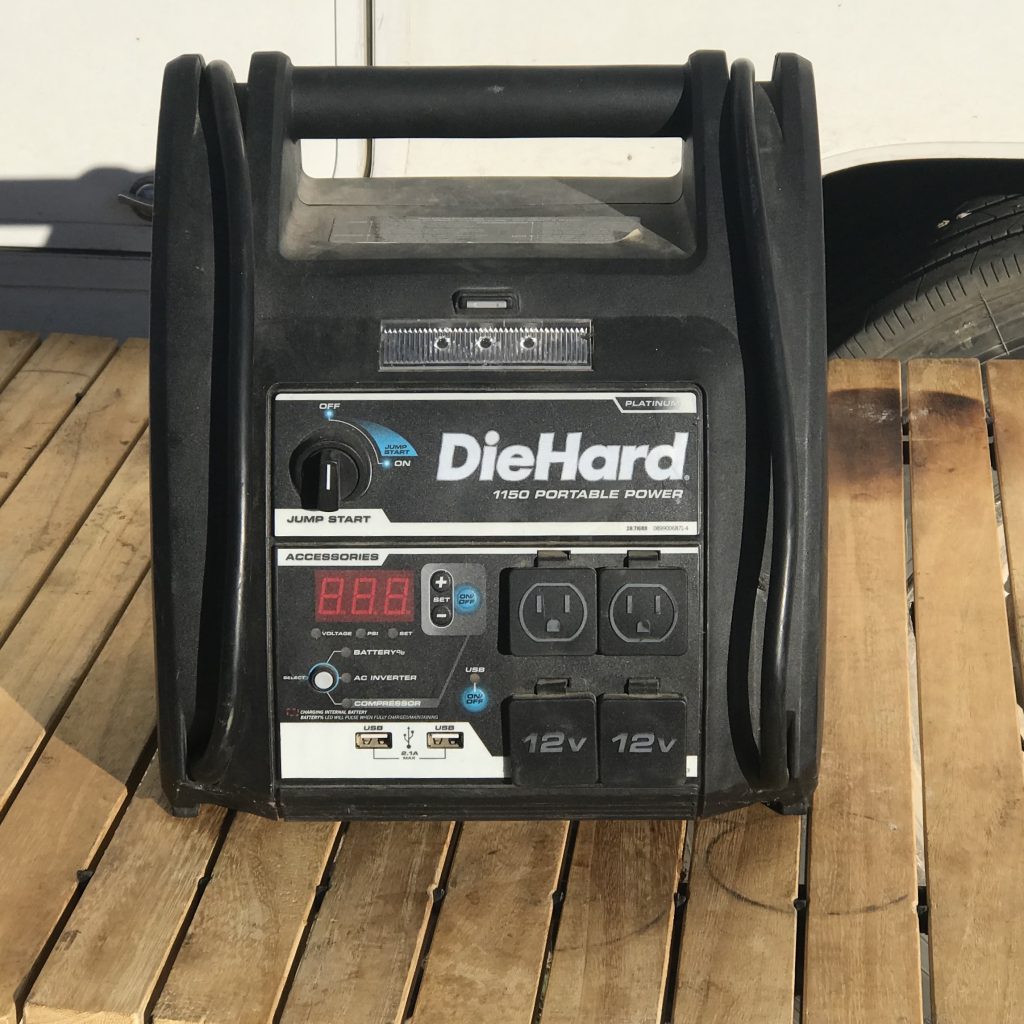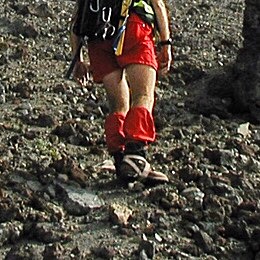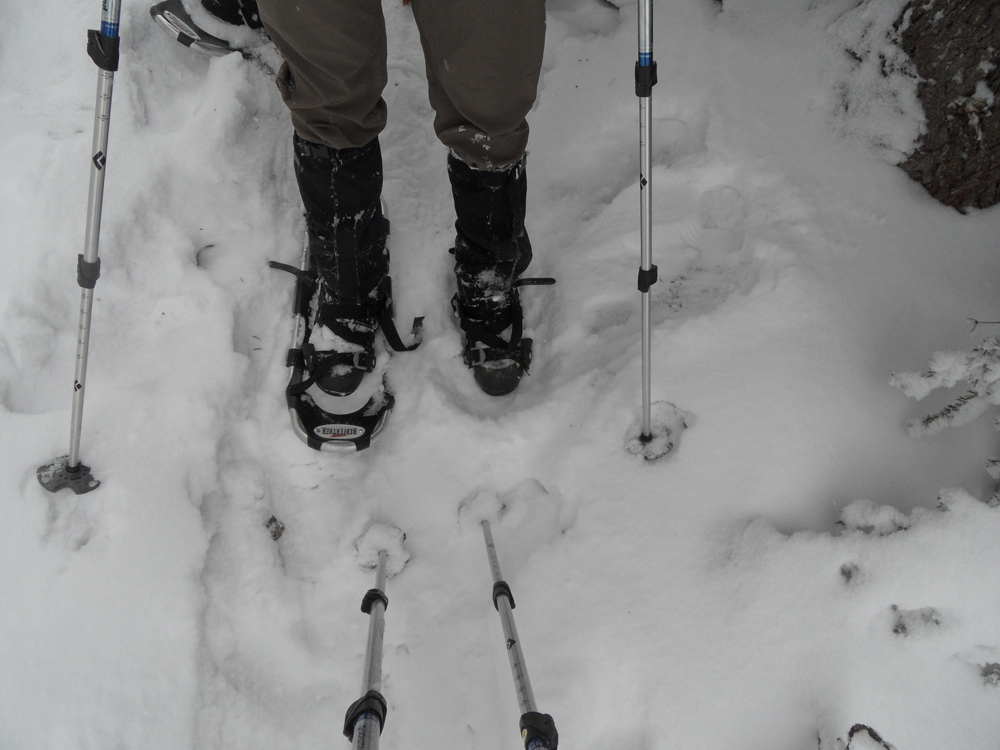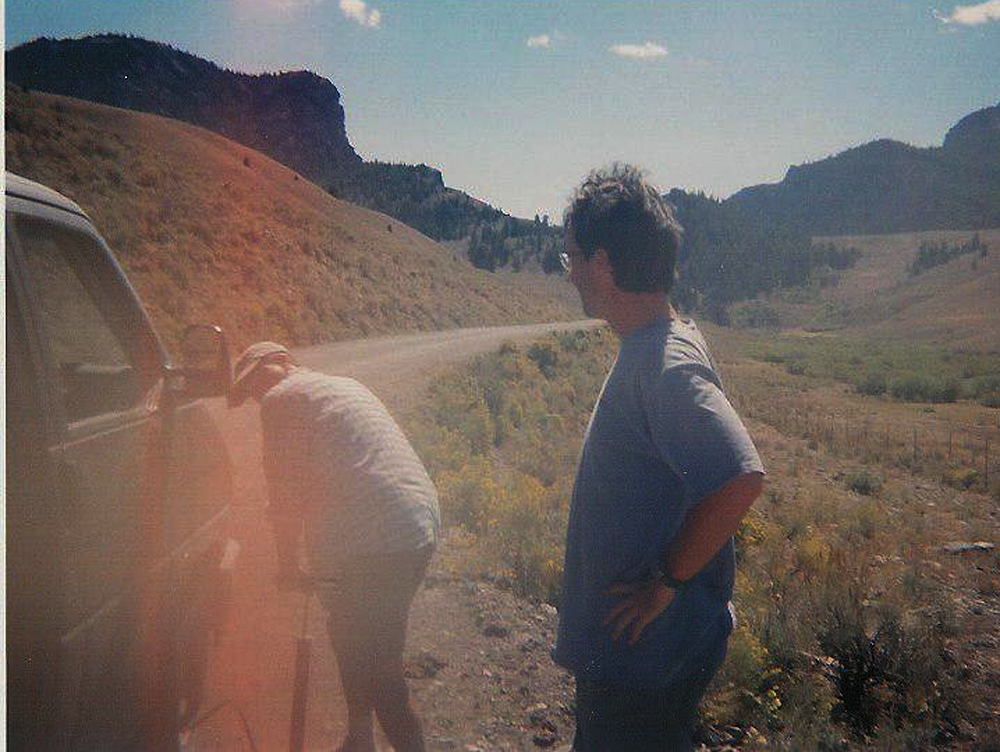Anything and everything can go wrong with equipment. Equipment failures encompass both equipment that you need but failed to bring along and equipment that breaks or fails to work as designed. Equipment must be maintained and checked before your trip. Some equipment failures are only inconveniences but others can be life threatening. The first step in overcoming equipment failures is to be prepared.
Be Prepared
Ten Essentials. A generally accepted list of Ten Essentials includes the following items:
- Navigation: a whistle, map, compass, altimeter, GPS device, personal locator beacon (PLB) or satellite messenger.
- Headlamp: plus extra batteries.
- Sun and Bug Protection: bug goop, sunglasses, sun-protective clothes, lip balm and sunscreen.
- First Aid Kit: including foot care. Link to suggested contents.
- Knife: Swiss Army.
- Fire Starter: matches, lighter, tinder and/or stove.
- Shelter: carried always (a rain jacket and pants make a good shelter).
- Extra Food: High energy.
- Water: Beyond the minimum expectation and purification apparatus.
- Extra clothes: In accordance with expected and potential conditions..
For backpacking trips, I would add a repair kit to this list which would include (at a minimum) duct tape, copper wire and an aluminum sleeve to repair a broken tent pole. John Platt has the best repair kit of anyone I know. He calls it his ‘possibles’ bag. It includes the following items:
- TP w/hand cleaner
- First Aid kit
- Wire ties (plastic)
- Copper wire
- Nylon strap w/buckle
- Duct tape
- Micro sewing kit with needles, thread, buttons
- Headlamp
- ‘Hot’ kit: matches, candle
- 6” retractable saw
- Compass
- Sawyer water purifier bag
- Swiss Army knife
- P-cord (parachute cord), 20′-30’
- Lighter
- Folding spork
John states, “The ‘possibles’ bag get tossed in my pack whether I am day hiking or backpacking. One bag to rule them all!” He also suggests to “always carry gloves, a knit hat and MOST of the time carry a bivy sack. And, in Winter, a piece of foam pad.”
My suggestion for saving weight is to always take John along. He will have all you need to fix your equipment failures.
Assorted Equipment Failures
The following thoughts on equipment failures are worth keeping in mind.
Technical Climbing. Ropes and climbing hardware are the lifeline for technical climbers. Always inspect your gear before climbing. Replace damaged items. Can you repair your equipment in the wilds?
Climbing Magazine published the following article–50 Common Climbing Mistakes and How to Avoid Them–which covers many issues including equipment issues. It is a valuable read.
Foot Gear Failure. Boots, snowshoes and ski bindings can all fail and lead to problems ranging from an inconvenience to a life-threatening situation. People have been know to lose their boots during river crossings and in deep snow.
Boots losing their soles is an occasional problem. Most of the time, duct tape can temporarily solved the problem.
Snowshoe bindings can break, leading to the loss of the snowshoe. Be sure to inspect the bindings before your trip and repair them if needed.
Navigational Equipment. GPS devices can fail or lose power. Can you find your way without GPS? Do you take and know how to use a compass and topographic maps? John Platt notes, “I always carry spare batteries for my GPS. Because I use rechargeables, I developed a system for noting if they are charged up.”
Drinking Water Equipment. Water filters are more important than ever with so many people not properly disposing of human waste. What do you do if your filter fails?
Hydration pack failure. Do you have a backup for water storage?
Shelter Equipment. Tent poles can break. Do you have a repair sleeve with you?
Vehicle Malfunctions. Vehicle problems can strand you miles from help.
Flat Tires. Most Idaho climbers have suffered a flat tire. Some have lost 2 tires on the same trip. Do you know how to change a tire? A can of tire sealant may stop the leak if it is in the tread. A portable compressor that plugs into a vehicle 12 volt outlet is recommended over a hand pump but a hand pump still could save the day.
John Platt and friends lost 2 tires on a trip. The first suffered from a hole in the tread. They changed tires and then ripped the sidewall of another tire. They reinstalled the first tire and then pumped it up many times as they made their way out to a repair shop. Luckily, they had a air pump.
Dead Battery. Almost everyone forgets to turn their lights off and drained their battery. Most newer vehicles will shut the lights out after the ignition is turned off. What do you do when when your battery is dead? Portable chargers that have a small backup battery and cables are a good idea and are reasonably priced. If you have one, make sure that it is charged up before you leave home.
A vehicle with a manual transmission can be push started but not vehicles with automatic transmissions. Read up on how this works before you try it. If you are alone, park on a slight incline with the front end pointing downhill so that the vehicle will roll when you push in the clutch.

This is one example of a backup power supply. This unit can jumpstart your batter, pump air into a tire and charge your phone.


